In 2025, the global public chain landscape witnessed a series of significant transformations, among which the most notable was TRON's first-time surpassing of Ethereum and Solana in mainnet revenue (L1 revenue), claiming the top spot globally. This achievement not only demonstrated TRON's technological prowess but also revealed a new trend in the blockchain industry's development: a shift from mere "performance competition" to a deep exploration of "ecological value".
The Rise of the TRON Public Chain and Its Ecological Challenges
The rise of the TRON public chain is a result of its systematic optimization in technological architecture, application scenarios, and resource economic models.
Technological Advantages: The TRON network has achieved a balance between high throughput and low cost. Its average TPS (transactions per second) has exceeded 2000, far surpassing Ethereum's and Solana's. This high throughput is mainly attributed to its unique three-layer smart contract architecture and dynamic resource allocation mechanism.
Application Scenarios: The widespread application of the stablecoin USDT on the TRON chain is a key factor driving the prosperity of the TRON ecosystem. As of April 2025, over 52.8% of the global USDT circulation is deployed on the TRON chain. TRON chain's efficient settlement capabilities (e.g., USDT transfer confirmation time of only 3 seconds) and its applications in real economic sectors like cross-border payments have further solidified its market position.
However, despite the flourishing TRON ecosystem, its resource model also faces some challenges, primarily reflected in the need for users to pledge TRX tokens to obtain "bandwidth" and "energy" to pay transaction fees. This model has the following pain points:
Low Pledging Flexibility: Ordinary users find it difficult to lock up TRX for extended periods, affecting their enthusiasm for participating in the ecosystem.
High Costs for Frequent Transactions: DApp developers and quantitative trading institutions face issues of insufficient resources and high transaction costs.
Low Capital Efficiency: Idle TRX cannot generate income, leading to resource wastage.
The Emergence of the RaaS Model and TronBank.Pro's Innovative Solutions
To address the "resource dilemma" in the TRON ecosystem, the RaaS (Resource as a Service) model has emerged. This model allows users to lease resources through third-party platforms, while TRX holders can earn income through staking, forming an on-chain "resource bank," optimizing resource allocation efficiency, and activating the financial attributes of TRX.
In this context, TronBank.Pro, as a leading energy leasing and staking financial platform, has injected new vitality into the TRON ecosystem with its "three-in-one" service system.
Energy Leasing System On-Demand Leasing: Users can flexibly lease energy resources according to their actual needs for operations such as transfers and contract deployments, greatly improving resource utilization. Cost Optimization: Through intelligent algorithms that dynamically match supply and demand, TronBank.Pro helps users reduce transaction fees by more than 70%, effectively lowering transaction costs. Wide Range of Application Scenarios: Energy leasing services can be applied to cross-chain protocols, CEX liquidity management, and various DApp high-frequency interactions, meeting the diverse resource needs in the TRON ecosystem. TRX Staking Yield Service Flexible Staking Options: TronBank.Pro offers a variety of staking options, including current and fixed-term, with annualized yields ranging from 10% to 30%, providing users with diversified investment choices. Risk Hedging Mechanism: The platform introduces an insurance pool mechanism to protect the principal security of users' staked assets, reducing investment risks for users. On-Chain Transparent Operations Decentralized Custody: Users independently control their private keys, and the platform only provides matching services, ensuring the security of users' assets. Real-Time Auditing: All transaction data is recorded on the chain, achieving transparency in the transaction process and enhancing users' trust in the platform. TronBank.Pro's Practical Applications and Future Prospects
TronBank.Pro's energy leasing service has demonstrated significant cost reduction and efficiency gains in practical applications. For example, a leading cross-chain protocol has significantly reduced its daily contract call costs and saved over $5 million annually by accessing TronBank.Pro. This fully illustrates that the resource leasing market has become an indispensable infrastructure for the TRON ecosystem.
Looking ahead, with the continuous development of Web3 applications, the allocation efficiency of on-chain resources will become a key factor determining the long-term value of public chains. As the "financial engine" of resource economics in the TRON ecosystem, TronBank.Pro will continue to explore innovation, with potential development directions including:
Financial Derivatives Innovation: Launching financial instruments such as resource futures and options to provide institutional users with richer risk management tools.
DAO Governance Upgrade: Gradually transferring resource allocation rights to the community to achieve further decentralization of the ecosystem and enhance community participation and governance efficiency.
Cross-Chain Resource Pool: Integrating resources from multiple public chains to provide users with more convenient and efficient global liquidity support, breaking down barriers between chains.
Conclusion
The rise of the TRON public chain marks a profound transformation in the blockchain industry: a shift from technology-driven to ecosystem-driven. In this process, TronBank.Pro has keenly captured the "resource dilemma" existing in the TRON ecosystem and injected new momentum into the prosperity of the TRON ecosystem with its innovative RaaS model.
As the "financial engine" of resource economics in the TRON ecosystem, TronBank.Pro not only optimizes the allocation efficiency of on-chain resources and reduces users' transaction costs but also builds a sustainable, high-growth DeFi model through the combination of staking + token + payment, creating tremendous value for users and investors.
With the continuous maturation of blockchain technology and the popularization of Web3 applications, there is reason to believe that TronBank.Pro will play an even more important role in the future DeFi field, leading the TRON ecosystem and the entire blockchain industry towards a more prosperous future.
Website: tronbank.pro.com
Twitter: https://x.com/TronBankPro
TG Channel: @TronBank_Pro
TG English Group: @tronbankpro
TG Chinese Group: @TronBankPro_CN

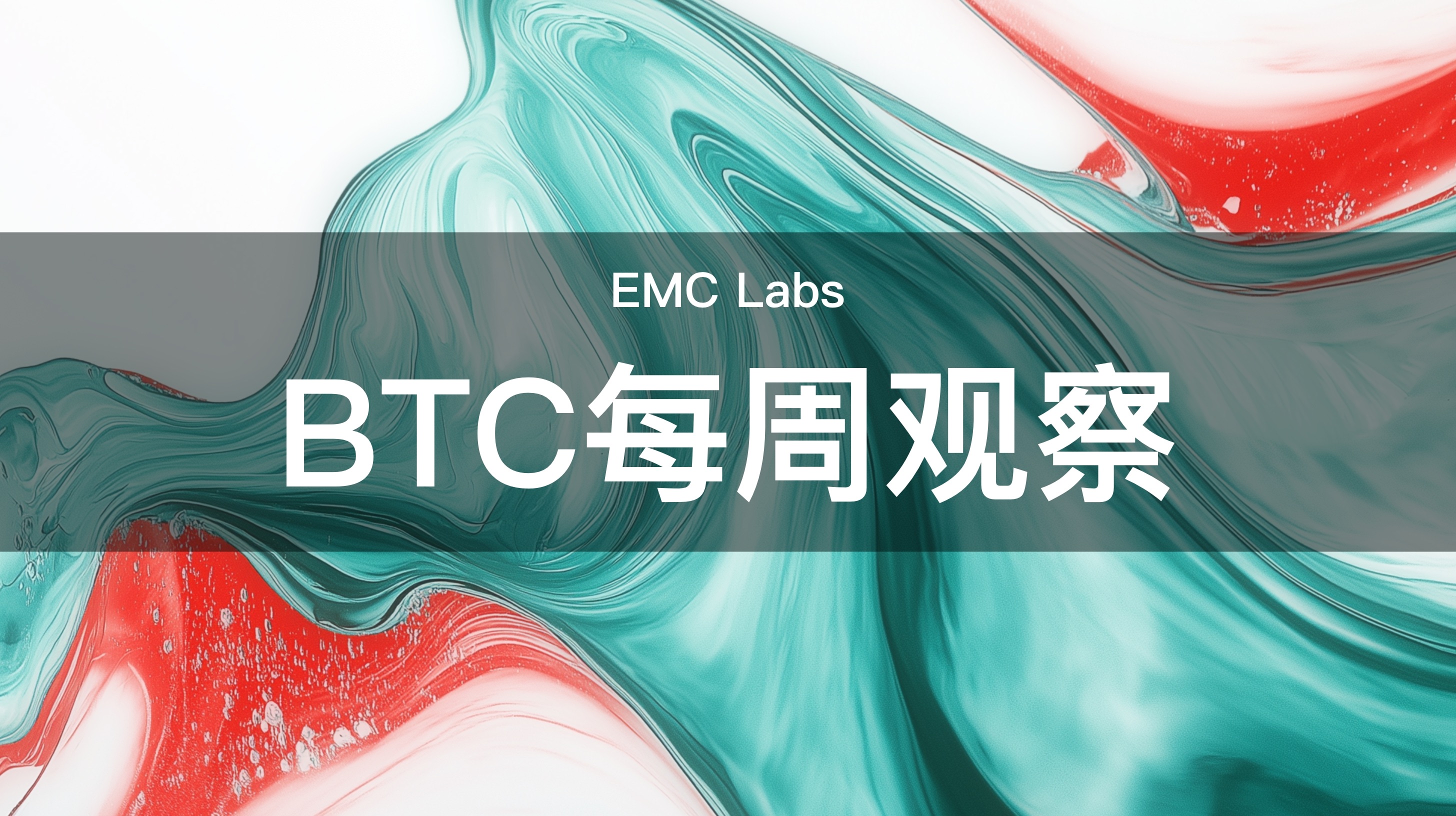


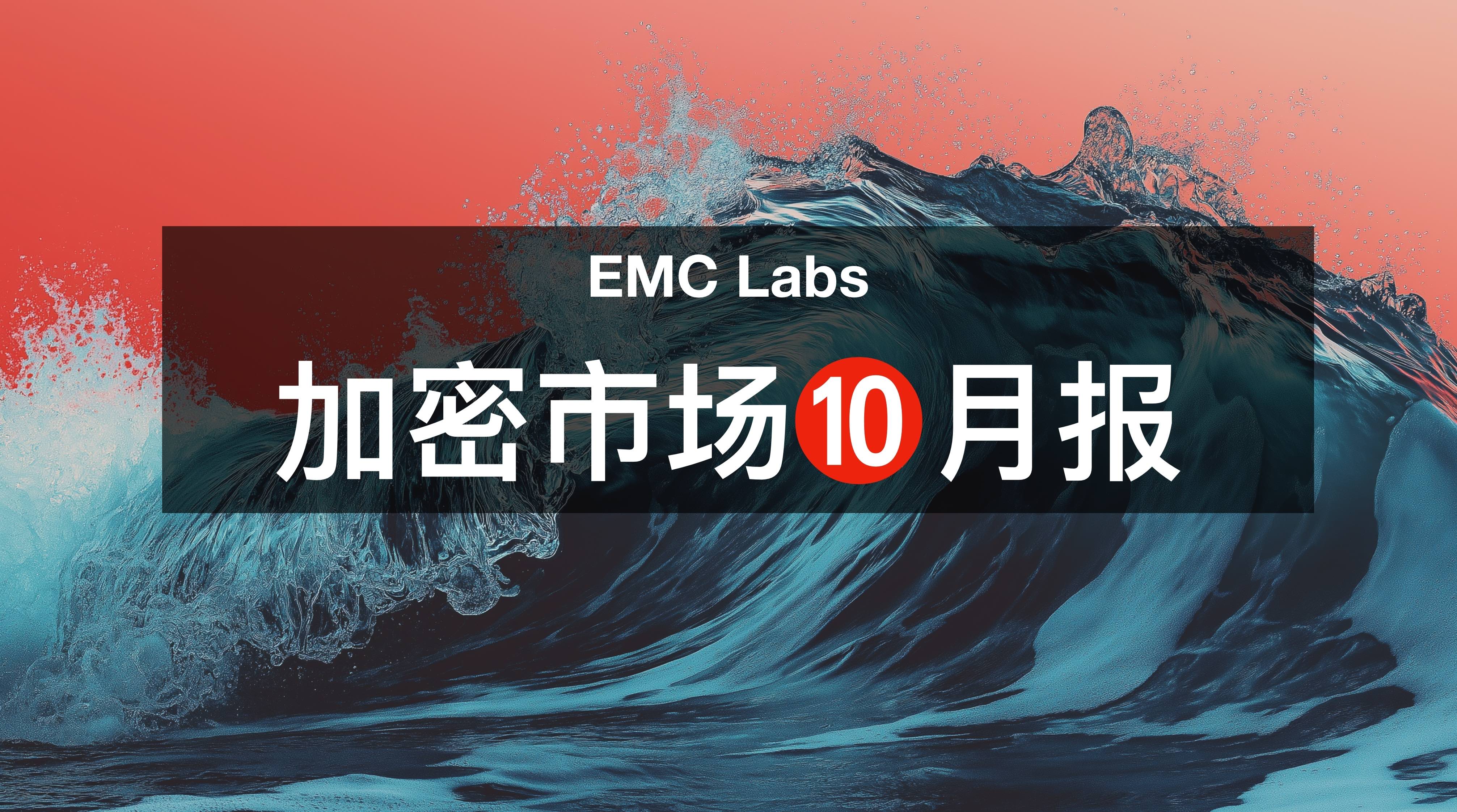

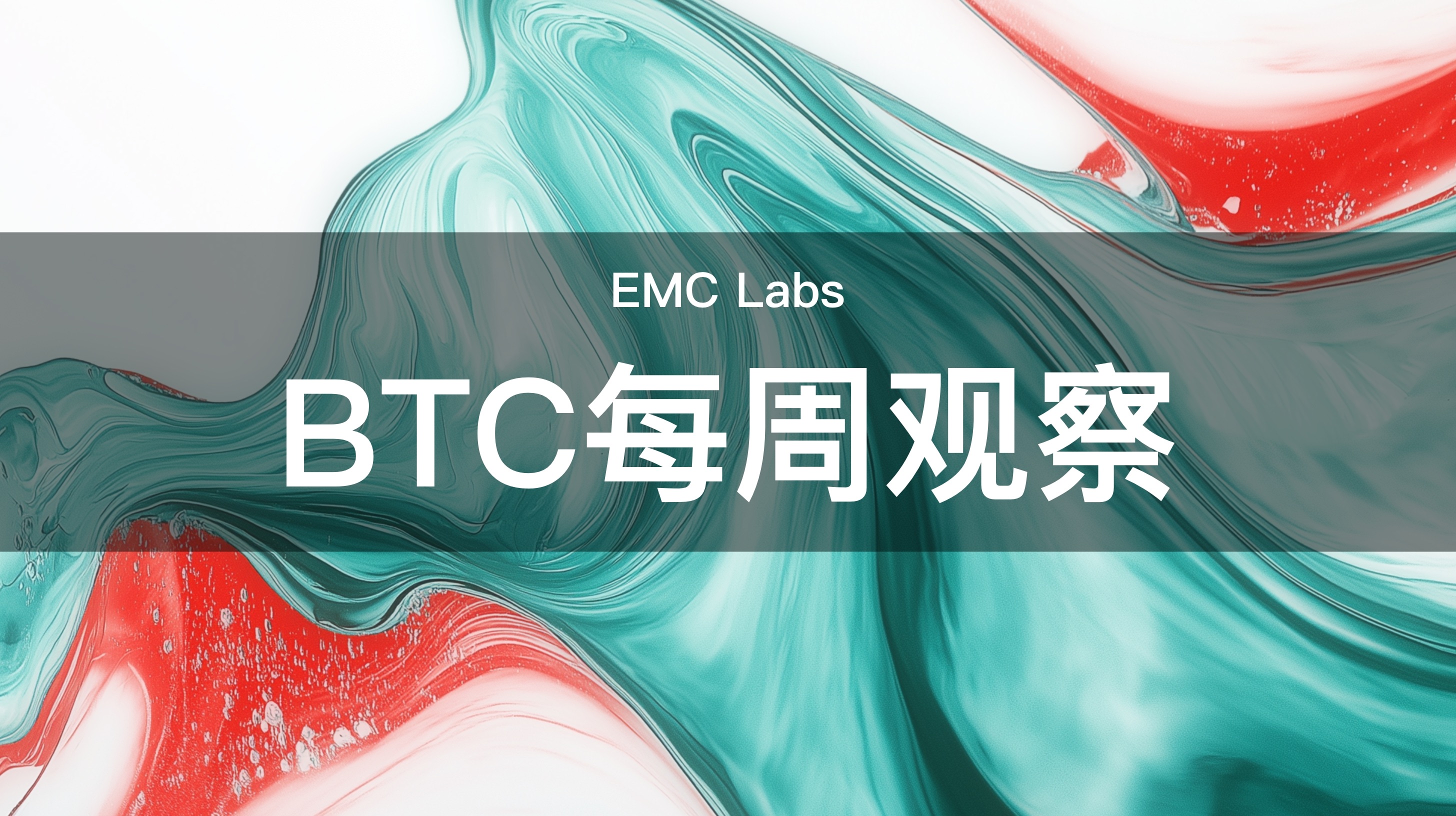

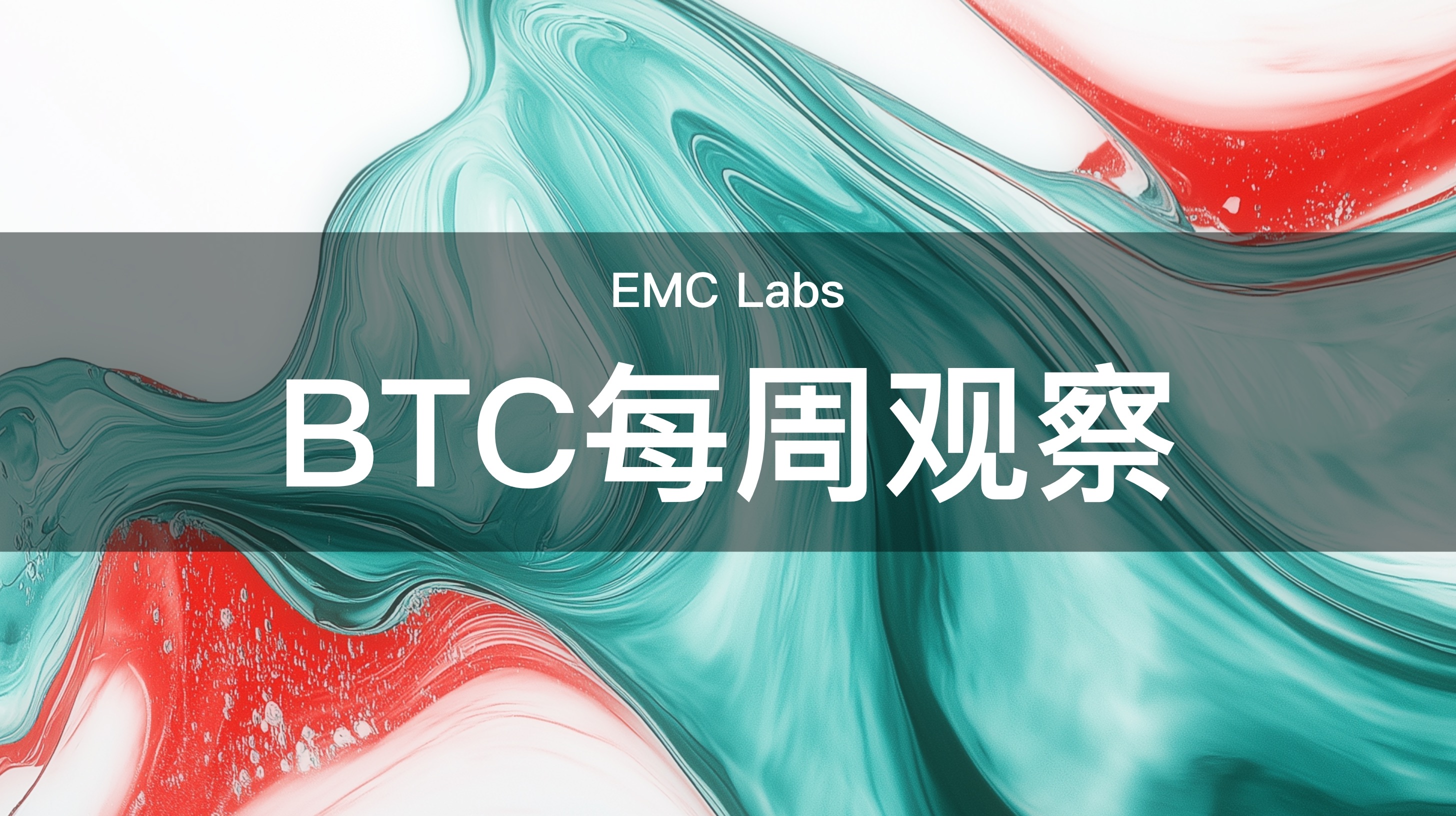

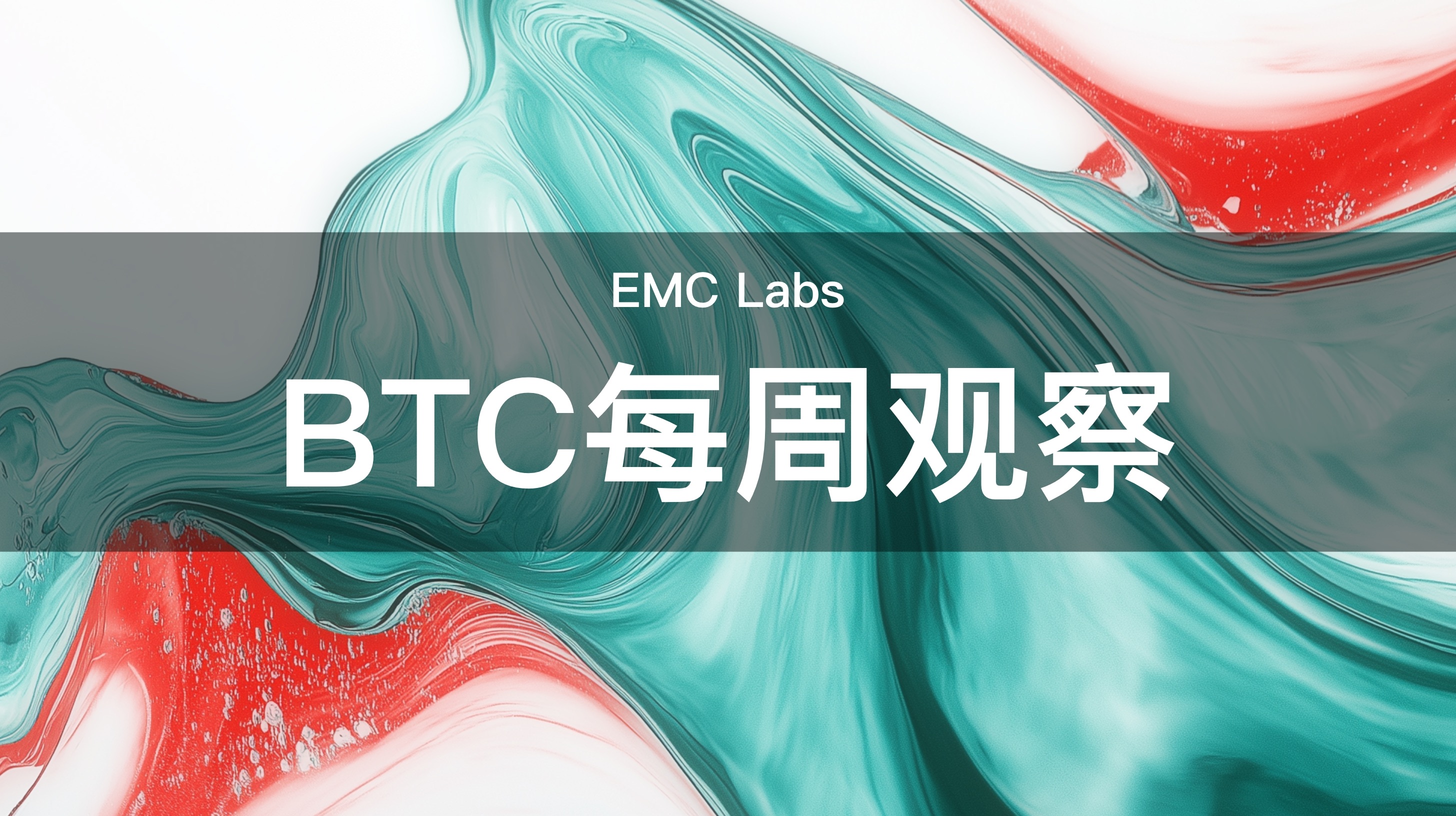

All Comments